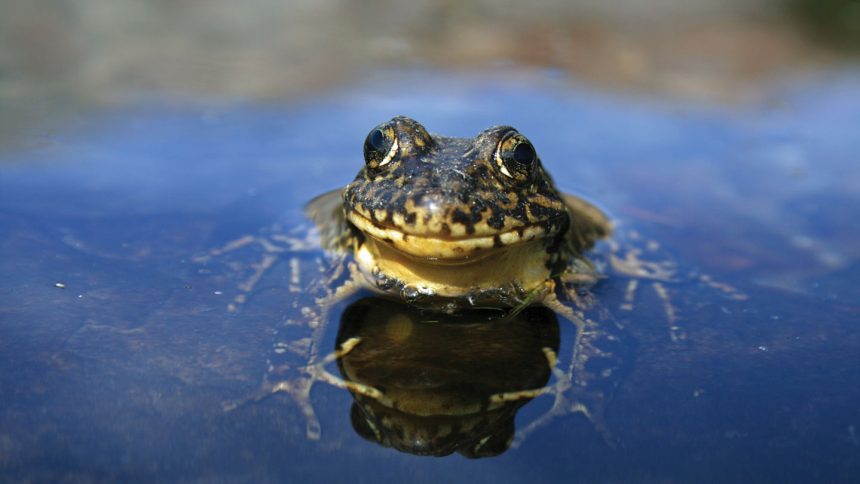
### Genetic Resilience: A California Frog’s Triumph Against Fungal Threats
Recent efforts to combat the devastating Bd fungus have yielded promising results, especially in the case of a frog species native to California. By focusing on the genetic adaptations of these frogs, scientists are uncovering solutions that could potentially aid in preserving other vulnerable amphibian populations.
#### The Fight Against Bd Fungus
Batrachochytrium dendrobatidis (Bd) is a potent pathogen that has contributed to significant declines in amphibian numbers globally. However, researchers discovered that specific frog populations in California have developed an impressive immunity to this lethal fungus. This resilience may partially stem from their evolutionary history and genetic makeup.
#### Reintroduction Success Stories
In addition to studying genetic defense mechanisms, conservationists have undertaken ambitious reintroduction initiatives aimed at repopulating areas previously ravaged by disease. For instance, breeding programs focused on selecting frogs with higher resistance provide a hopeful pathway for restoring those impacted ecosystems. The successful return of these frogs demonstrates not only biological adaptability but also highlights effective conservation strategies.
#### Lessons Learned for Future Conservation Efforts
Understanding how certain species thrive despite environmental stressors and threats like Bd is crucial for future conservation initiatives worldwide. As biologists delve deeper into the frog’s genome, findings could lead to innovative approaches for extending protection not just within amphibians but across various wildlife groups facing similar adversities.
#### Conclusion: Hope Through Genetics
The narrative surrounding California’s resilient frog indicates a larger theme regarding ecological preservation — genetics could be pivotal in navigating future challenges related to biodiversity loss and disease outbreaks among wildlife populations. By harnessing knowledge from successful case studies such as this one, we can foster more sustainable environments for generations to come.






